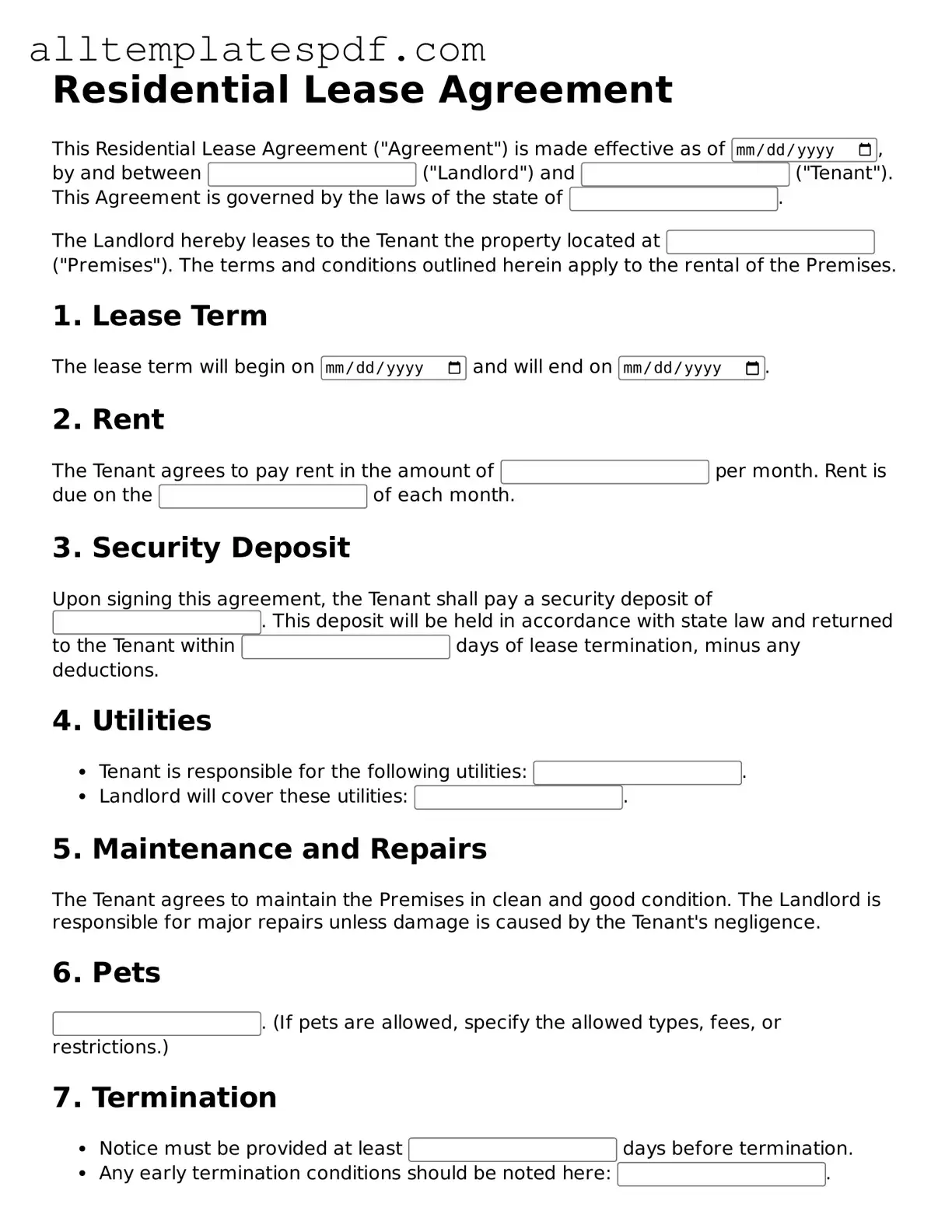Filling out a Lease Agreement form can be a straightforward process, but mistakes are common. One frequent error is failing to include all required information. This can lead to delays or complications later on. Ensure that you provide your full name, address, and contact information, as well as those of any co-signers.
Another mistake is overlooking the lease term. Tenants often forget to specify the start and end dates of the lease. This information is crucial for both parties to understand the duration of the agreement. Without it, misunderstandings may arise.
Inaccurate descriptions of the rental property can also create issues. When filling out the form, make sure to include the correct address and any specific details about the unit. This includes the number of bedrooms, bathrooms, and any included amenities. Missing or incorrect information can lead to disputes down the line.
Some people neglect to read the terms and conditions thoroughly. It's essential to understand all clauses in the lease agreement. Ignoring this step can result in unexpected obligations or fees. Take the time to review everything carefully before signing.
Another common mistake is failing to sign the document. Even if all the information is correct, a lease is not valid without the necessary signatures. Both the landlord and tenant must sign to make the agreement legally binding.
Additionally, some individuals forget to keep a copy of the signed lease. It's important to have your own record for reference. This can help resolve any future disputes or clarify responsibilities.
Finally, many people do not ask questions when they are unsure about something. If any part of the lease agreement is confusing, it’s better to seek clarification before signing. This can prevent misunderstandings and ensure that everyone is on the same page.
